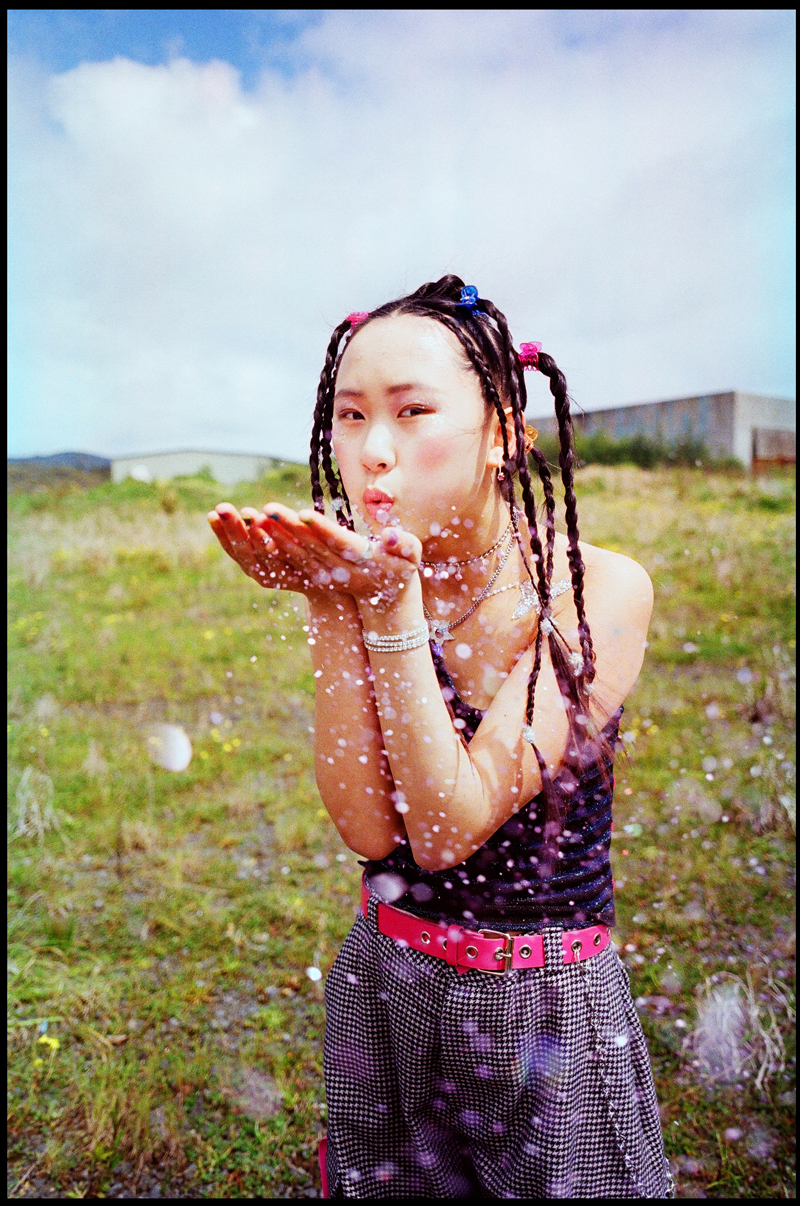Despite only recently graduating from university, we’ve had an eye on New Zealand designer Nicola Luey for a while now. With a creative practice built around the totems of adolescence and growing up, she’s something of a kindred spirit. They’re themes she stuck closely to in her honors year project and first collection “I Don’t Belong Here.” As the name suggests, the work is about growing up and trying to figure out who you are. She drew from her own teen years and aims to connect with the wearer through shared feelings of nostalgia.
Why are you drawn to the themes of nostalgia and adolescence? You’re still pretty young.
In this project, the theme of nostalgia was not so much about age itself, but it was more to do with key memories, events, or periods of time relating to identity that I was drawn to. Adolescence was a significant period of time, particularly between the ages of 12 to 15, in my formative years for learning about visual identity and concepts like belonging. So my nostalgia for adolescence became my way of depicting these wider topics of identity, self-expression, and youth subcultures in a very personal way.
In general, what are you nostalgic for?
A time where clothing and self expression had a much more intimate and personal connection. Maybe it’s something to do with the way you view the world as a child, how everything seems precious, and fascinating, and everything is two sizes too big because you’re still growing.
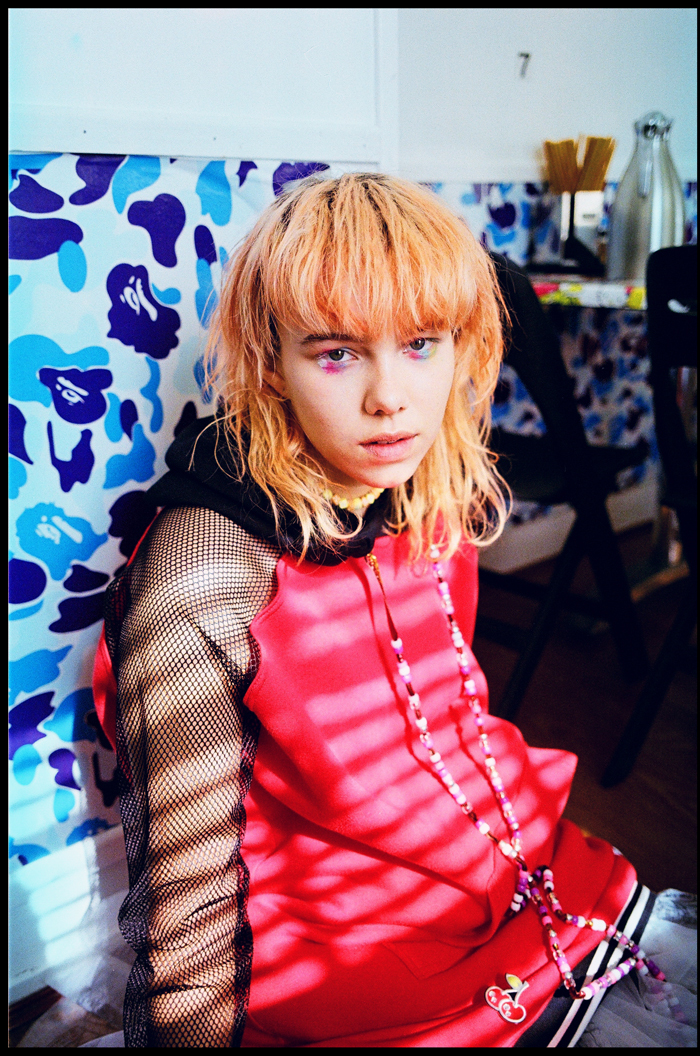
You’ve mentioned this collection is about finding identity. How do you explore something like that through clothing?
I guess rather than using my work to try to find identity in a practical sense, my work became about the ways in which people use clothing as a form of self-expression, and the importance of connecting with the things we put on our bodies.
How did you use clothes as a way to navigate your teen years?
Clothing was my platform for experimentation, it allowed me to be someone different every time I got dressed. I could reflect on the way all of these decisions about trends, sizes, prices, fitting in, made me feel. I could learn about myself through my experiences with clothing.
This collection is inspired by your own youth. What were the personal elements you infused?
This collection has become a bricolage of so many things that make me who I am. The personal elements come in the form of my favorite musicians, song lyrics, hand-painted pictures, the screen-printed zine, band t-shirt inspired prints, friendship bracelet hoodie draw chords, and subtle references to pop culture. There are also less obvious ways I have depicted my memories: through the proportions, fit, styling, and use of pre-loved items.
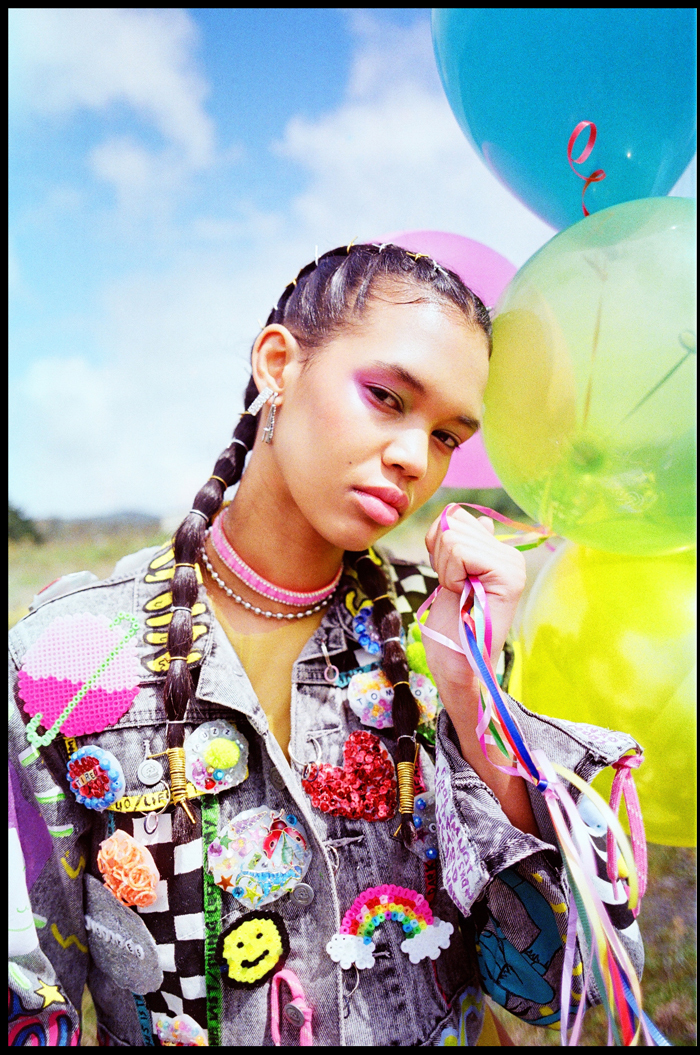
Describe your teenage years in a sentence?
Piggy back sunsets, scoop of chips, MSN user names, bedazzled flip phones, Converse, and side bangs.
Do you ever worry we rely too much on nostalgia — that we look back to frequently for inspiration?
No, I think that nostalgia has a very honest way of unifying people in the simplest of ways.
You also collaborated with Logan Buchanan on a film around this collection. Why did you want to include that alongside the work?
I wanted to create a film to capture people engaging with the clothing as another way to tell my story. I’m fascinated with the transformative power of clothing and the way that clothing can make people feel, and how this reads through the wearer’s posture, mannerisms, and movements.
I wanted to work with Logan because I already loved his style and his work. I shared my concept with him, and essentially said that he was free to interpret it in his own way. What he came back with was beyond what I could have ever briefed. Very stoked to have worked with such creative and different minds on this project — absolute dream team!
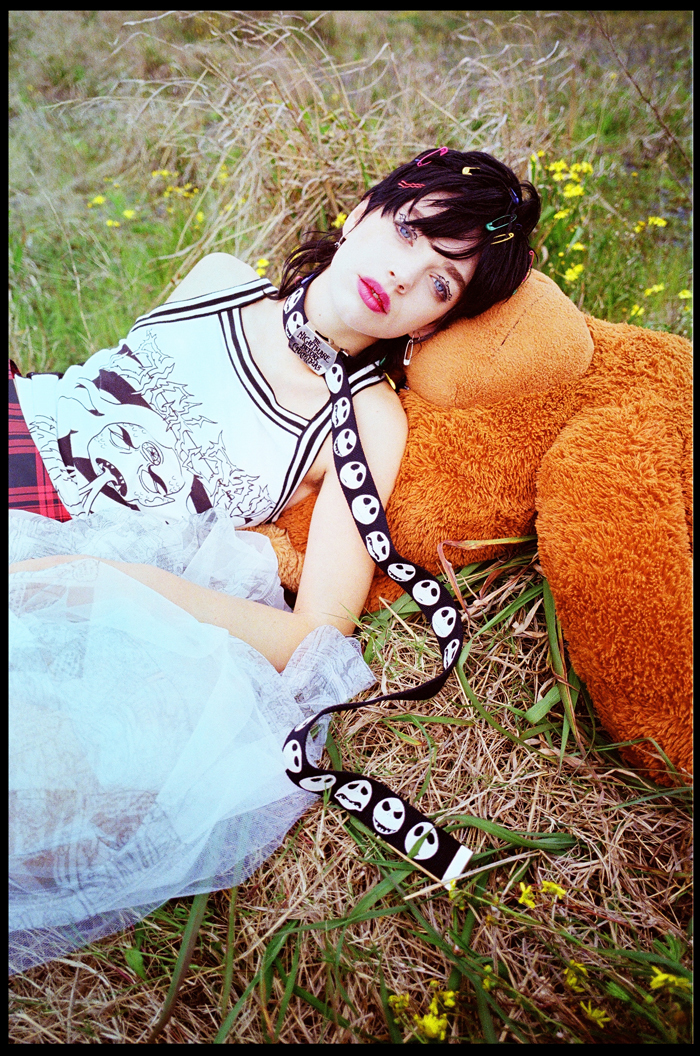

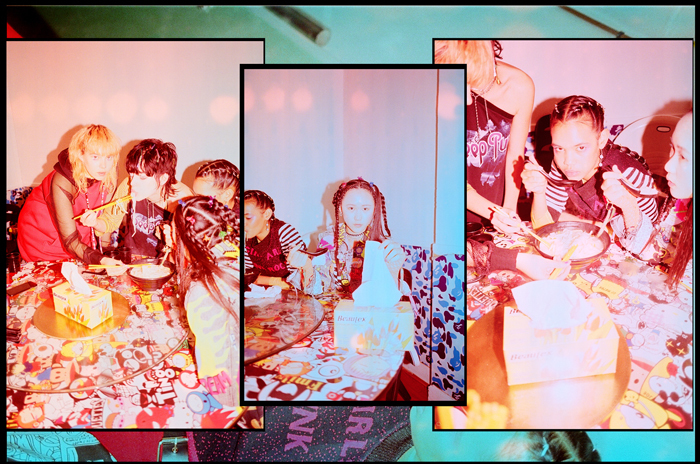

Credits
Text Wendy Syfret
Photography and styling Imogen Wilson
Photography assistant Nicole Brannen
Filmaker Logan Buchanan
Hair Tommy Stayton at Stephen Marr
Makeup Tanya Barlow
Models Gala Richards and Honor Munro The Others, Jordan Daniels at 62 Models, Bonnie Wang at Unique, Mac
